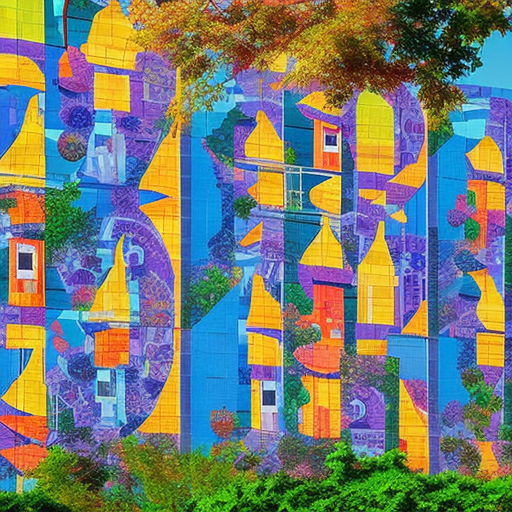Summary:
Public art refers to any form of art that is created and displayed in public spaces, accessible to all members of the community. It can take various forms, including sculptures, murals, installations, and performances. Public art plays a significant role in enhancing the aesthetic appeal of cities, promoting cultural diversity, and fostering community engagement. It often serves as a means of communication, conveying messages, and sparking conversations. Public art has the power to transform public spaces, making them more vibrant, inclusive, and reflective of the community’s identity.
Importance of Public Art:
Public art has numerous benefits for both individuals and communities. It has the ability to inspire and provoke thought, encouraging people to engage with their surroundings and each other. By bringing art into public spaces, it breaks down barriers and makes art more accessible to a wider audience. Public art also has the potential to revitalize neglected areas, attracting visitors, and stimulating economic growth. It can create a sense of place and identity, making cities more unique and memorable.
Types of Public Art:
Public art can take many different forms, each with its own unique characteristics and impact. Sculptures are one of the most common types of public art, ranging from traditional bronze statues to contemporary abstract forms. Murals, on the other hand, are large-scale paintings or designs that are typically created on walls or buildings. Installations involve the use of three-dimensional objects or structures placed in public spaces, often interactive or site-specific. Performance art, such as street theater or dance, is another form of public art that engages audiences in live performances.
Examples of Public Art:
There are countless examples of public art around the world that have become iconic landmarks and symbols of their respective cities. The Statue of Liberty in New York City, the Eiffel Tower in Paris, and the Christ the Redeemer statue in Rio de Janeiro are all examples of public art that have become internationally recognized symbols. Other notable examples include the Wall Street Bull in New York City, the Bean sculpture in Chicago, and the Love sculpture in Philadelphia. These artworks not only enhance the visual appeal of their surroundings but also hold cultural and historical significance.
Challenges and Controversies:
While public art has many benefits, it can also face challenges and controversies. One common challenge is funding, as public art projects often require significant financial resources. Additionally, there may be disagreements within the community regarding the selection of artworks or their placement. Some artworks may be seen as controversial or offensive, leading to debates and protests. Balancing the desire for artistic freedom with the need to respect diverse perspectives can be a complex task for public art projects.
The Future of Public Art:
As cities continue to evolve, so does the role of public art. With advancements in technology, new possibilities for interactive and digital public art are emerging. Augmented reality and virtual reality experiences can be integrated into public spaces, creating immersive and engaging artworks. Public art is also becoming more inclusive, with a focus on representing diverse voices and narratives. The future of public art lies in its ability to adapt, evolve, and continue to inspire and connect communities.












